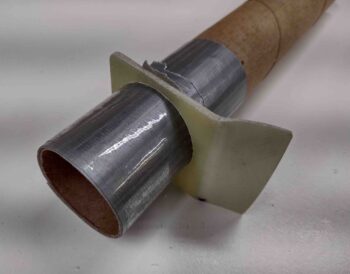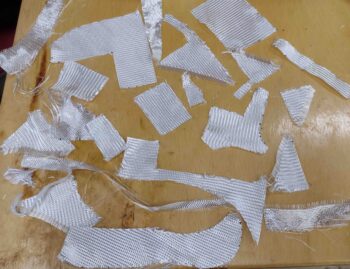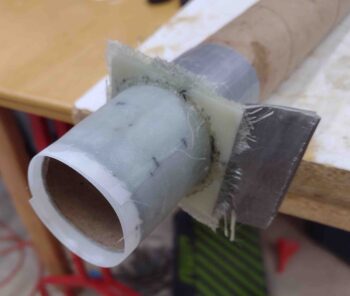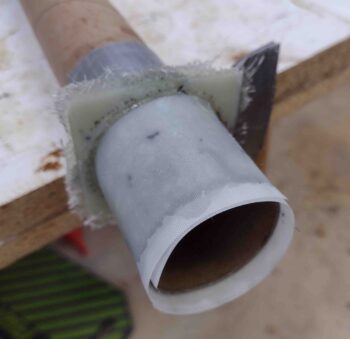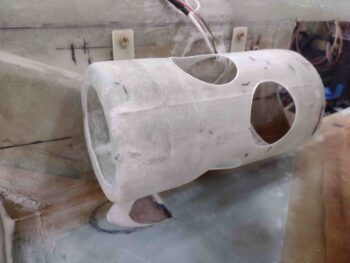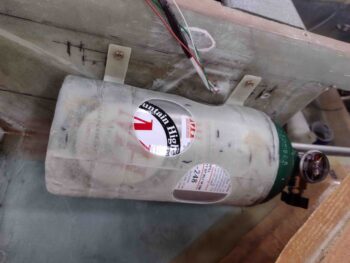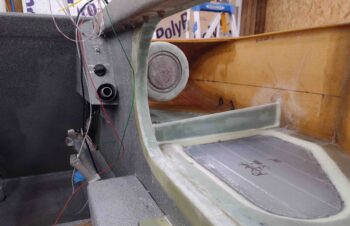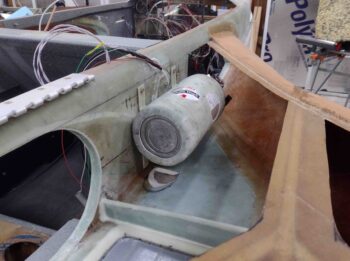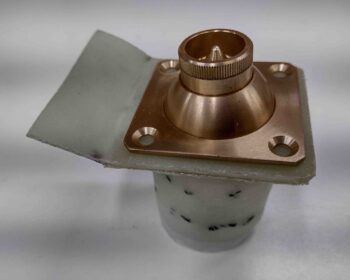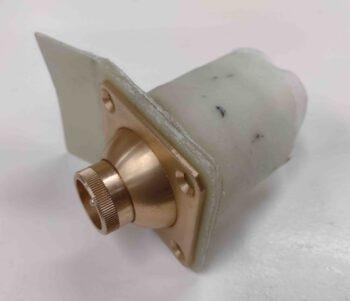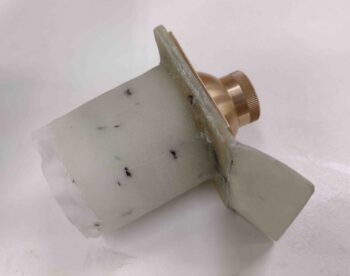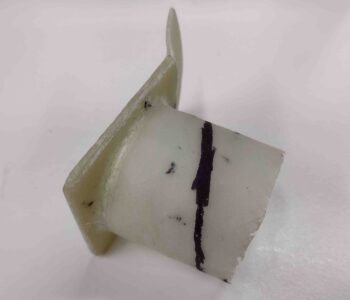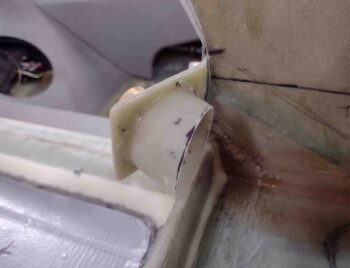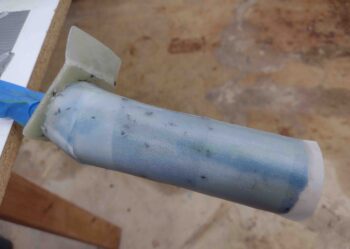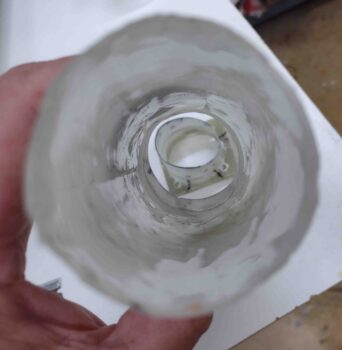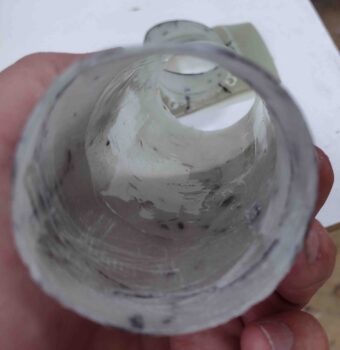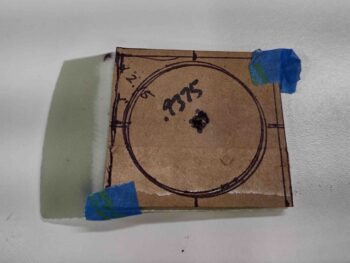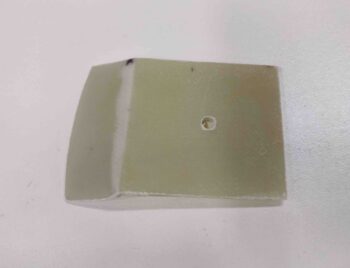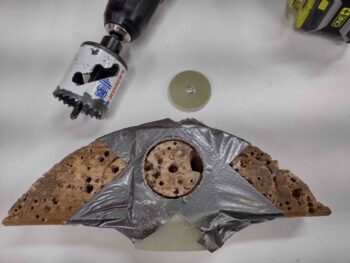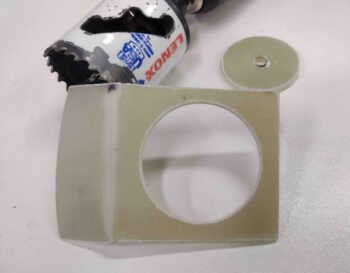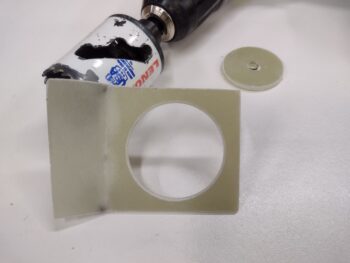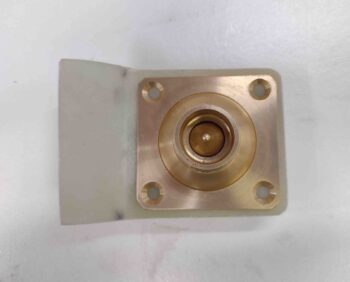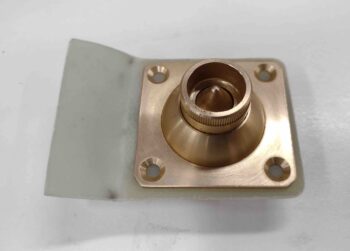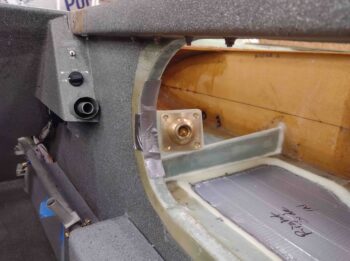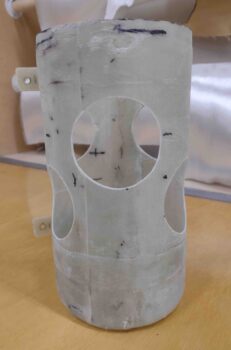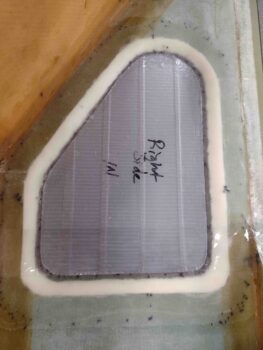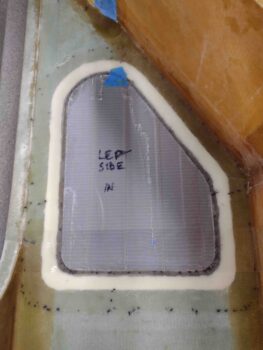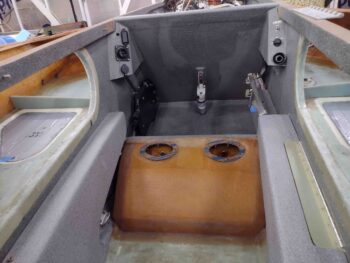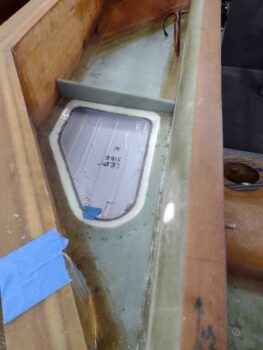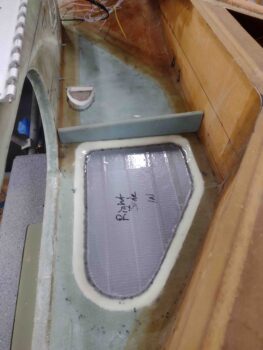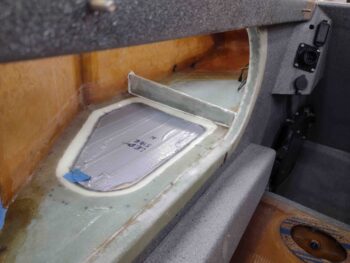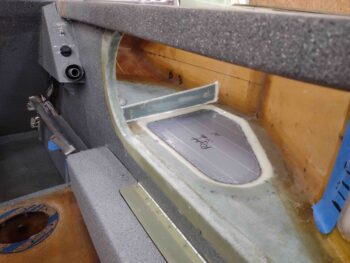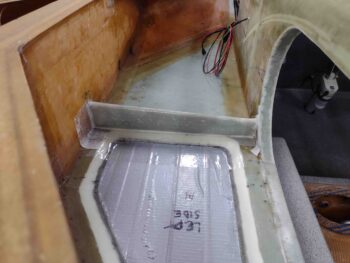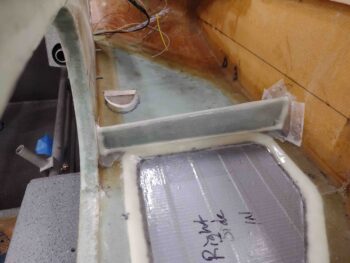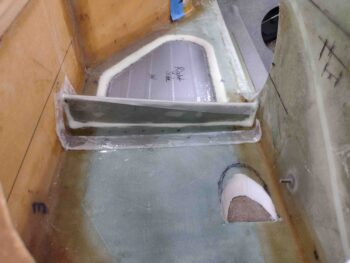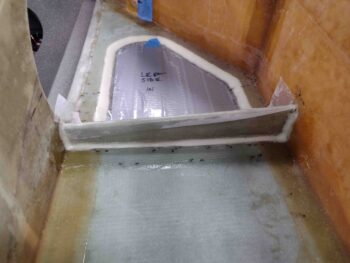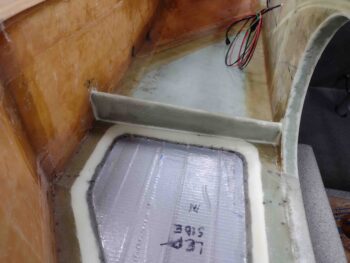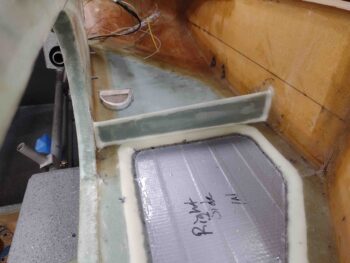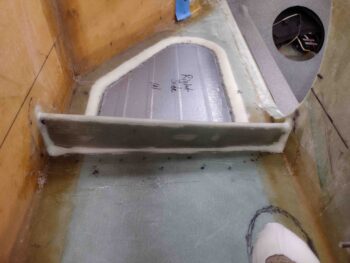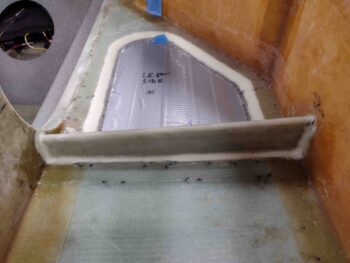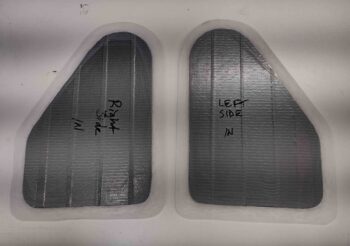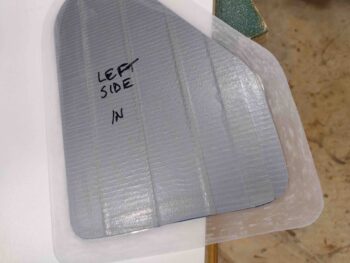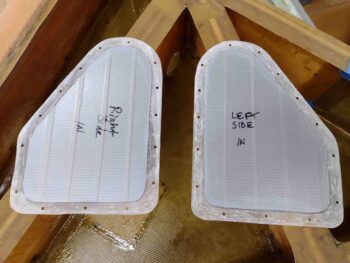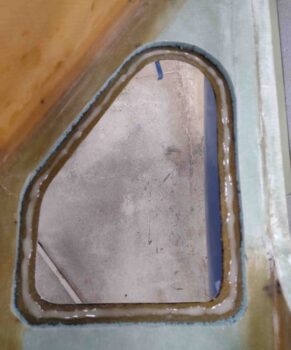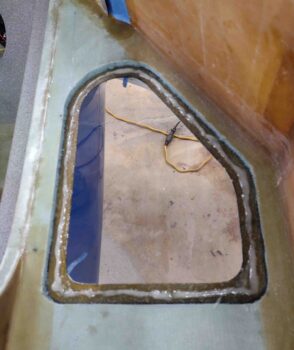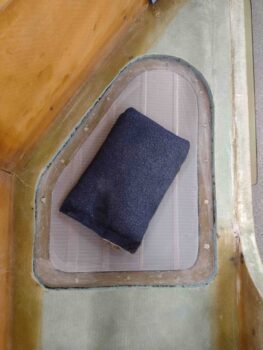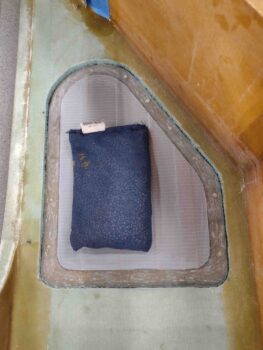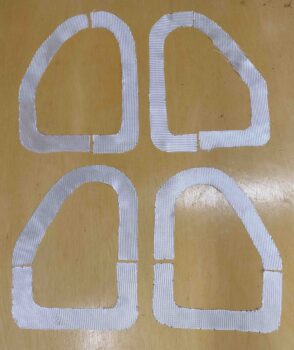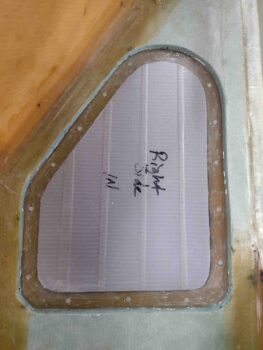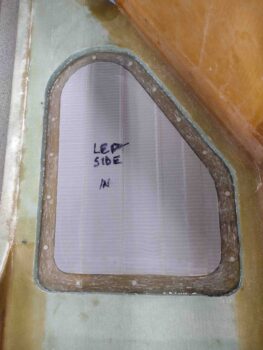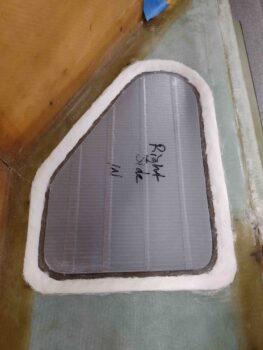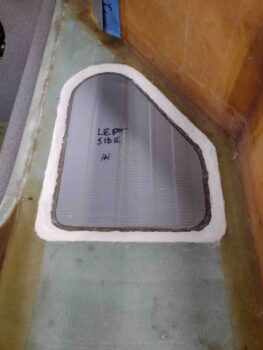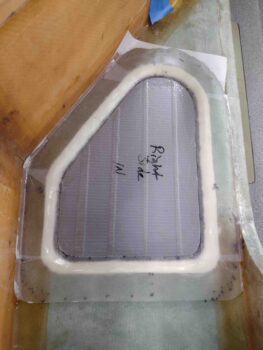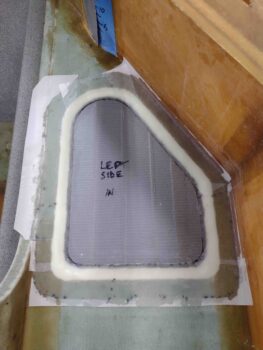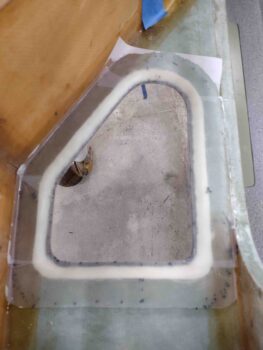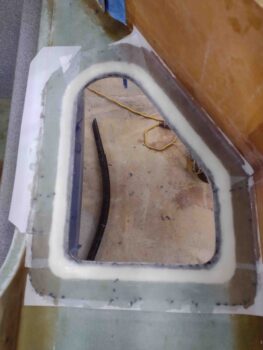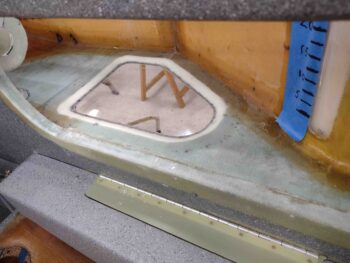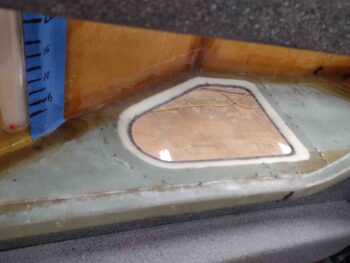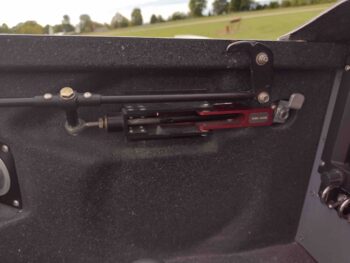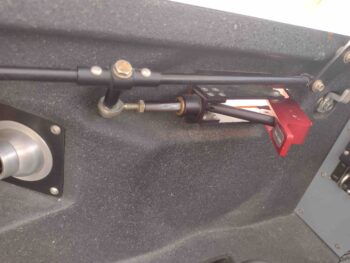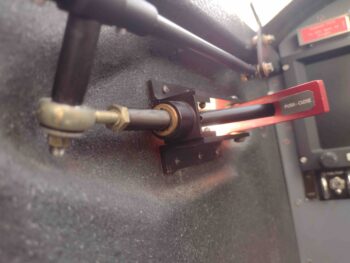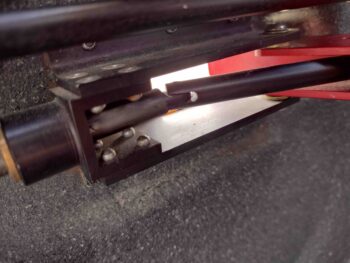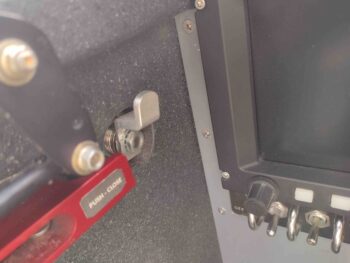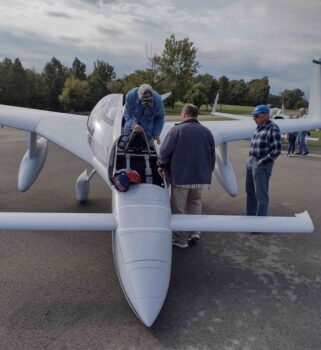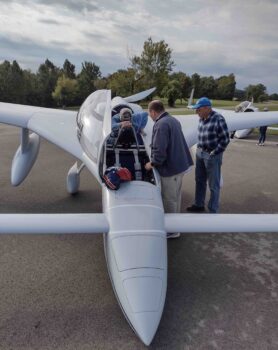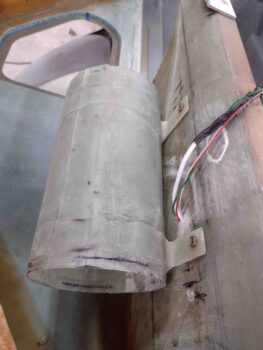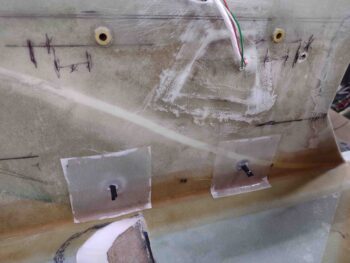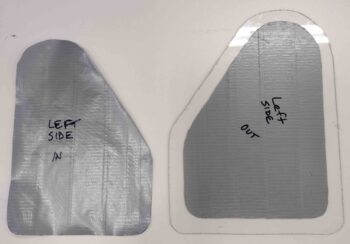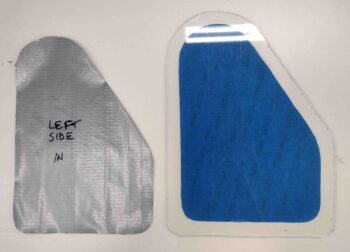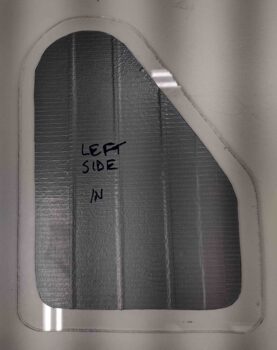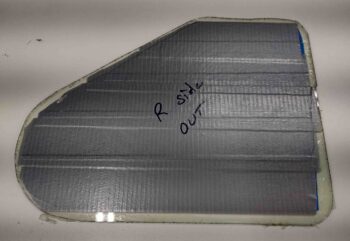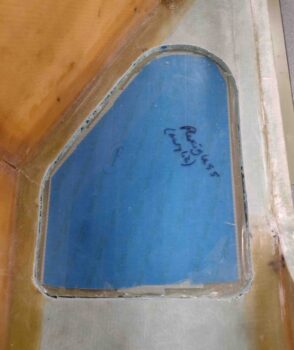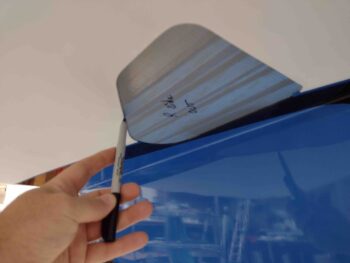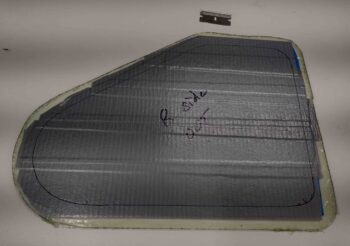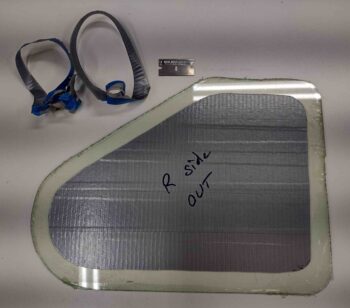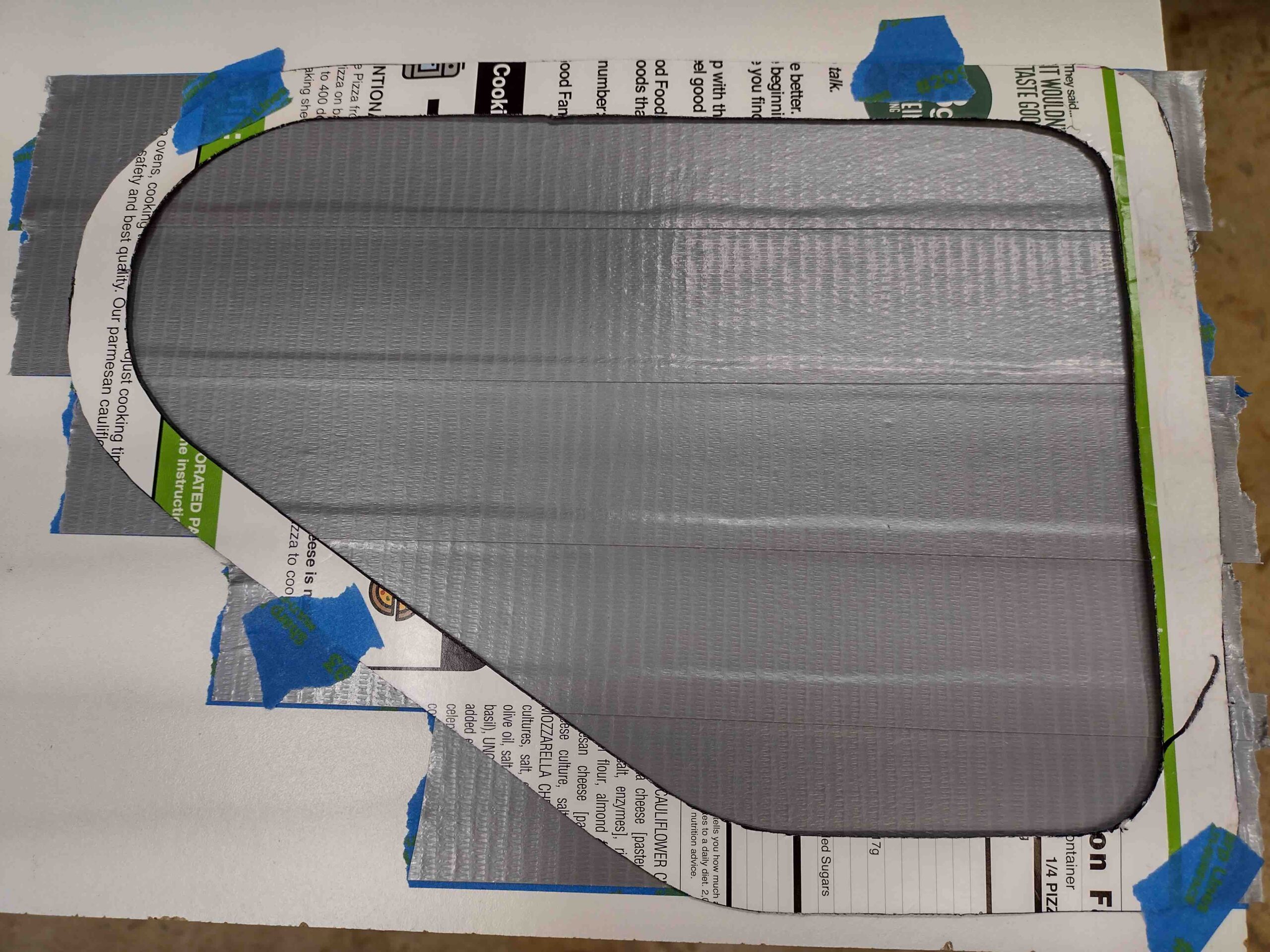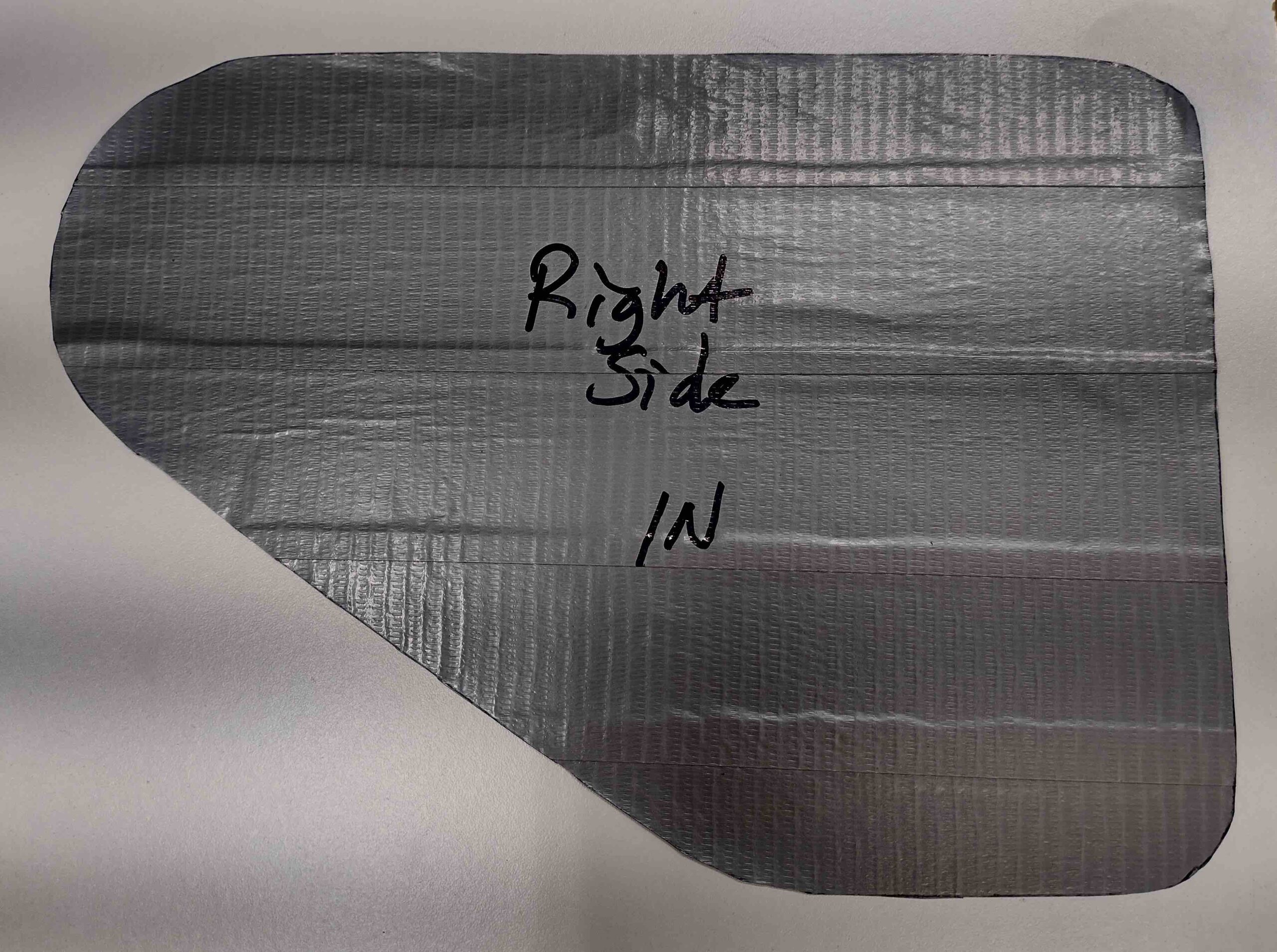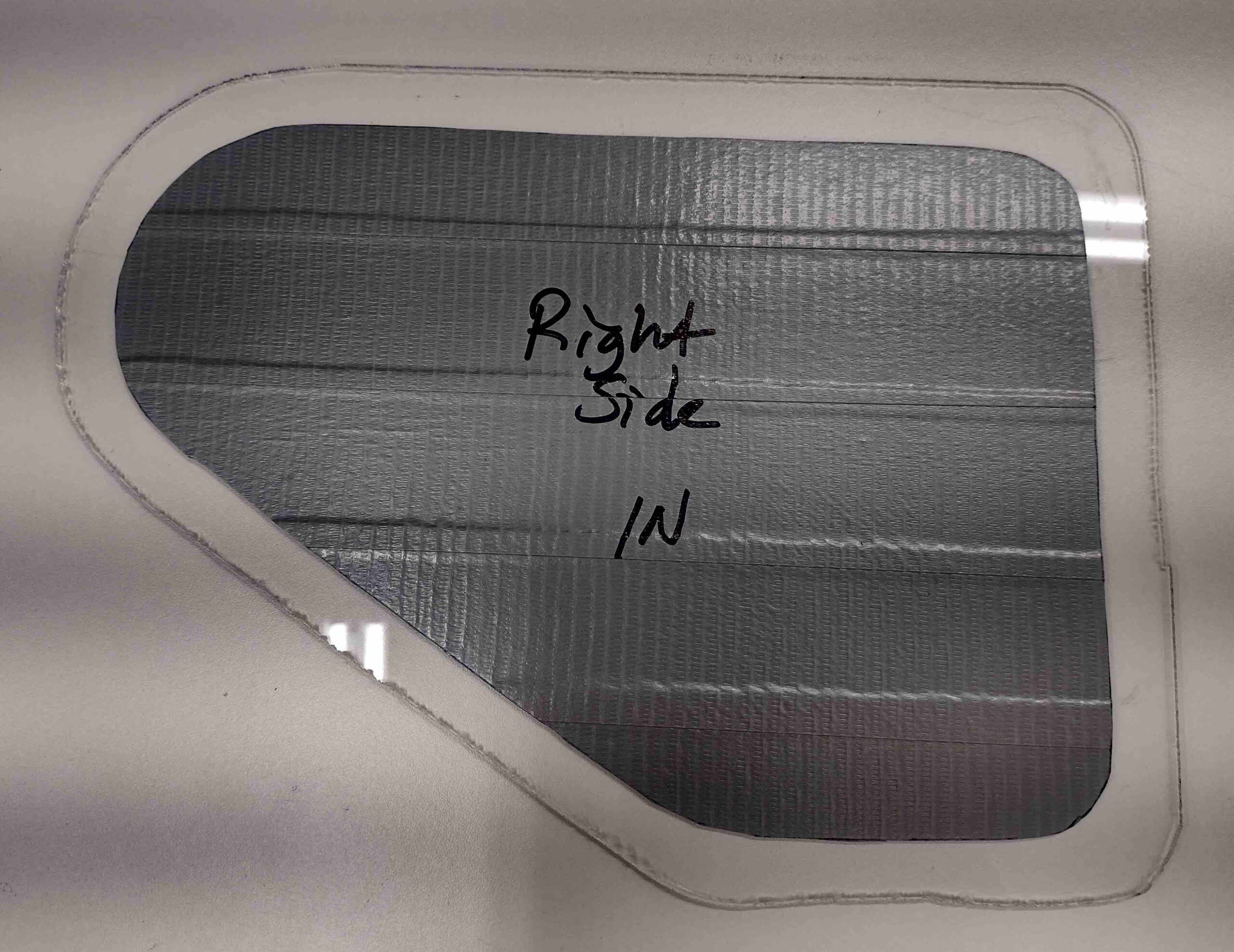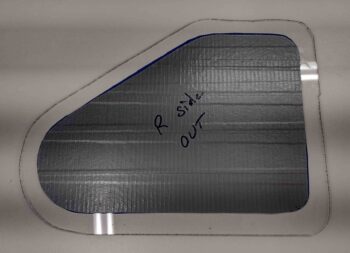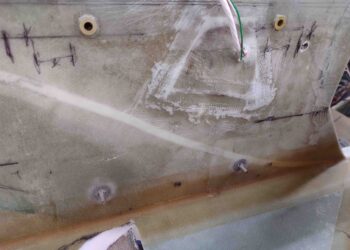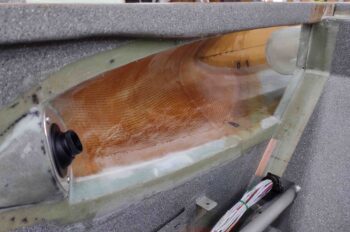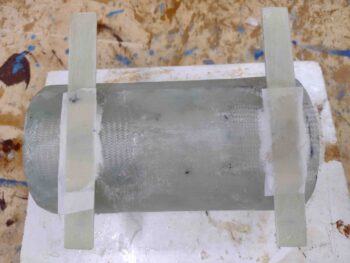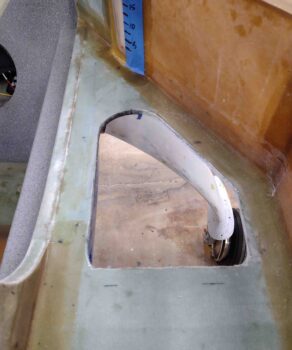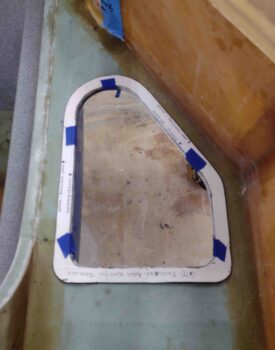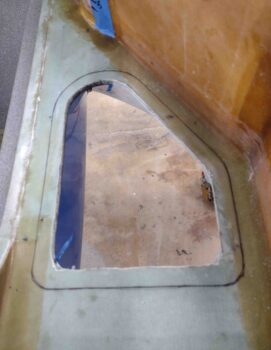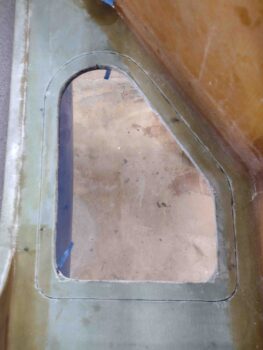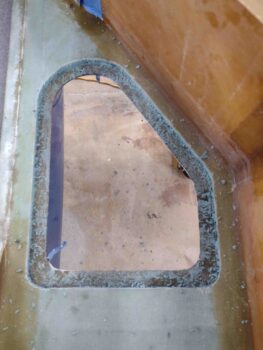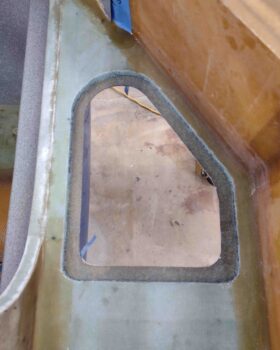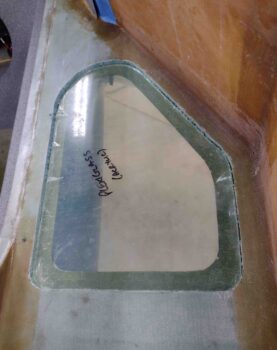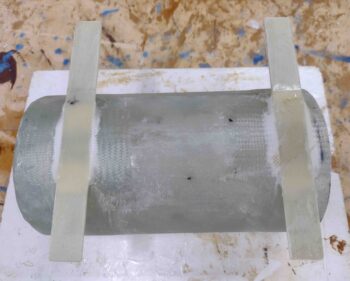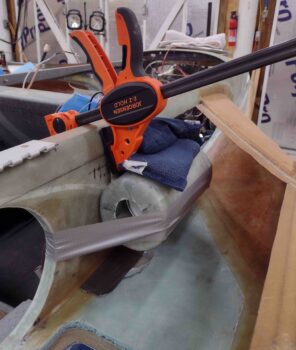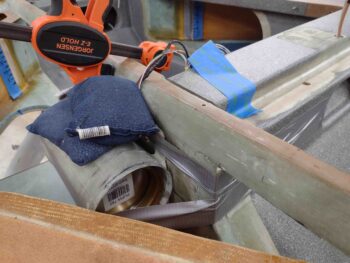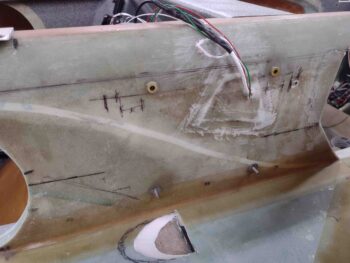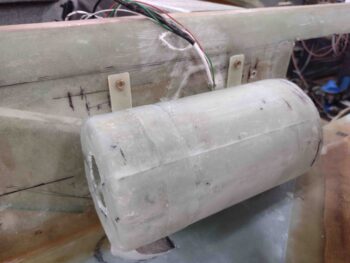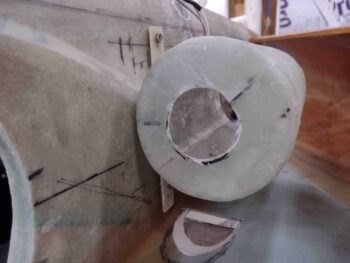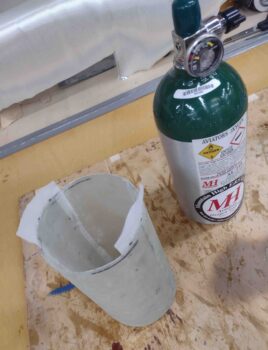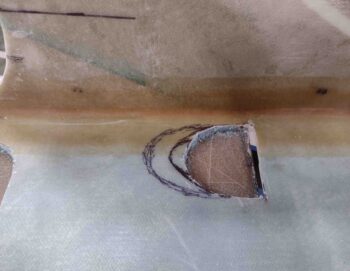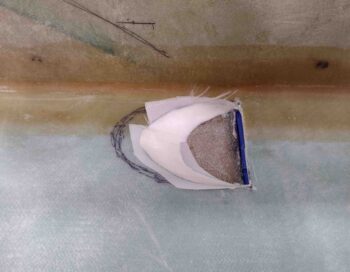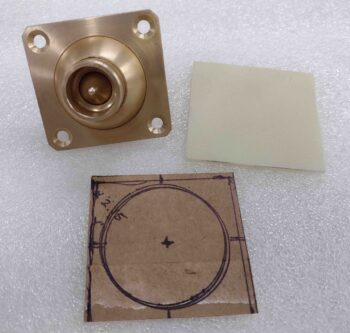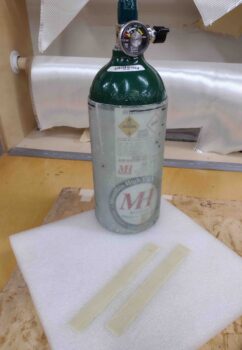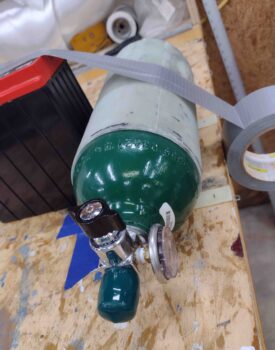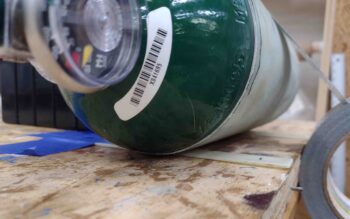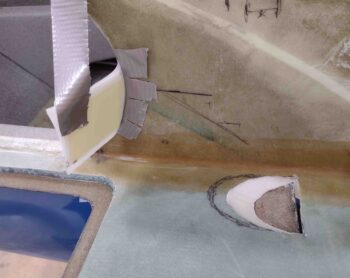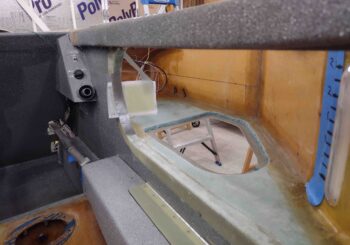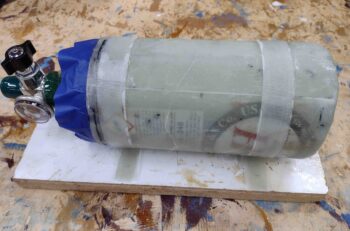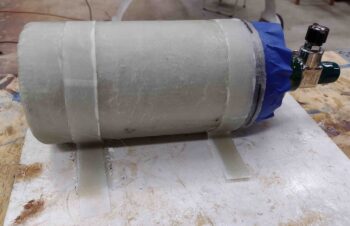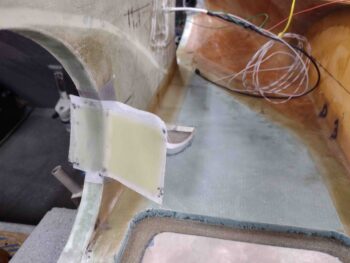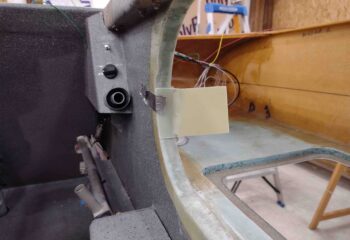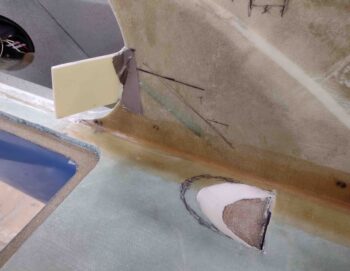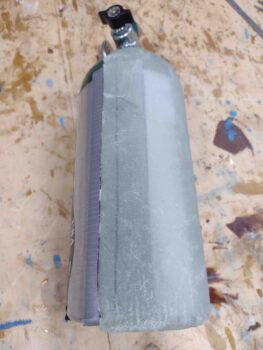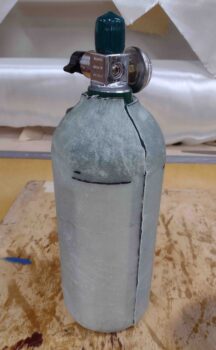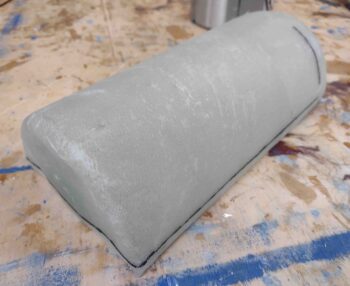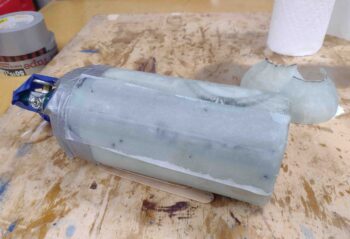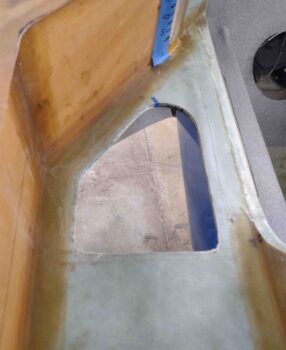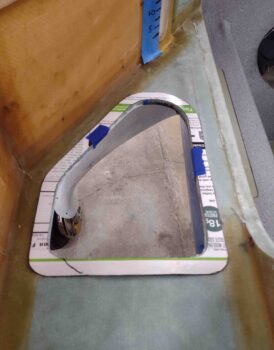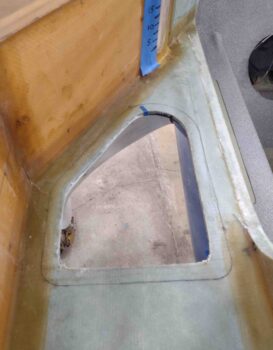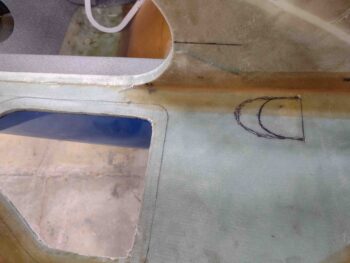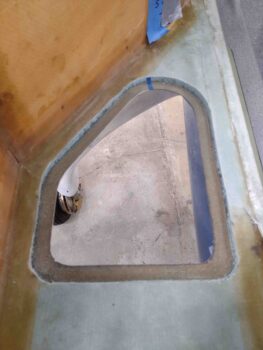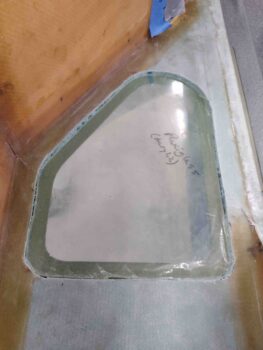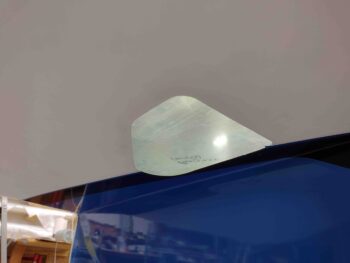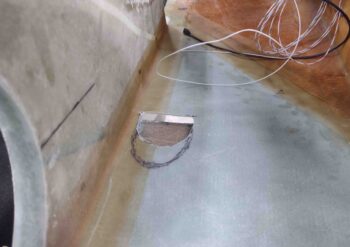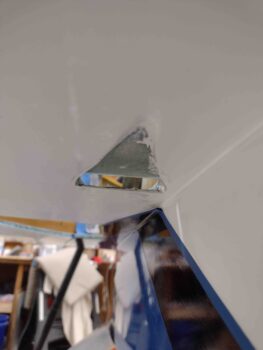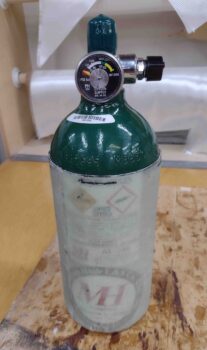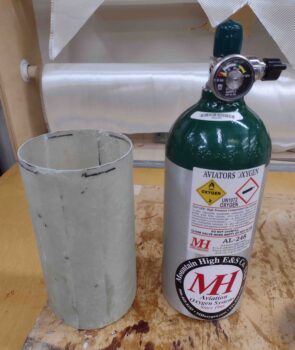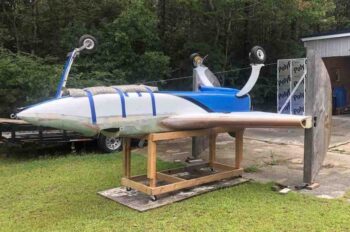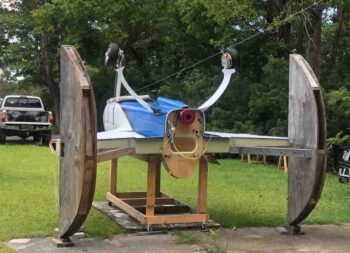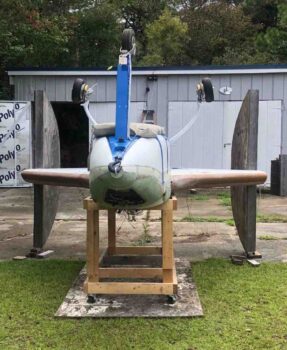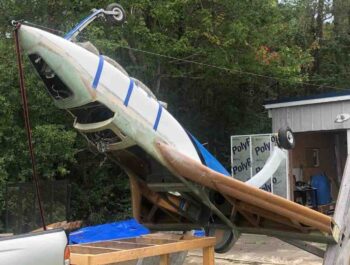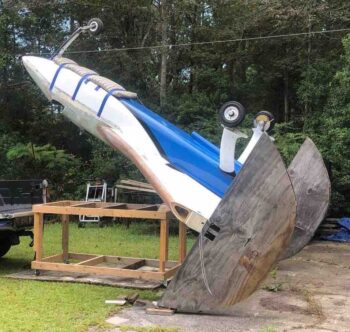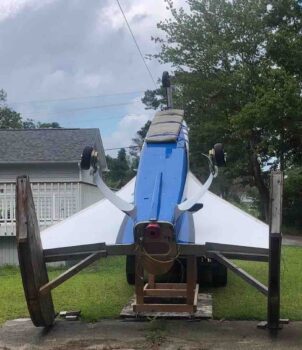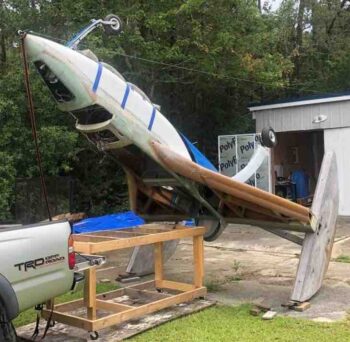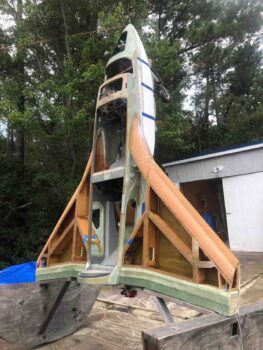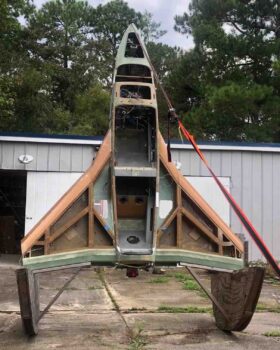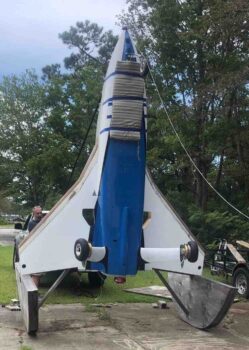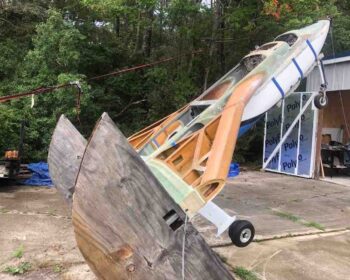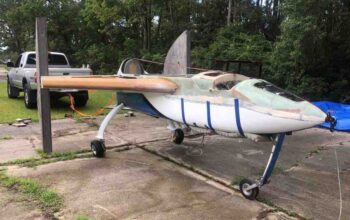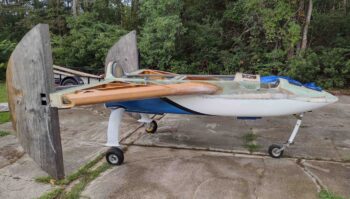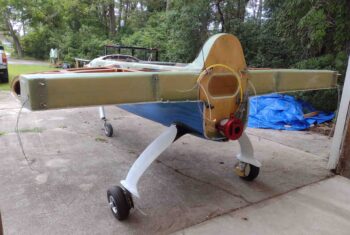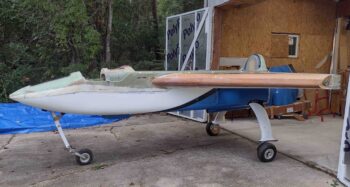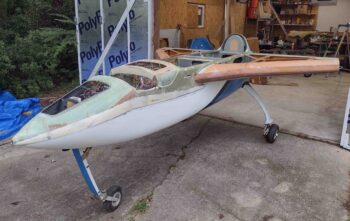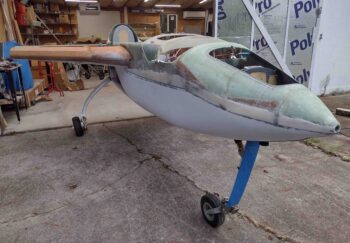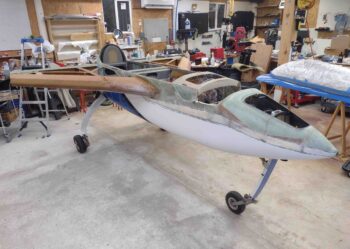Well Marco and I decided to get the band back together and hit the road… to Rough River 2022!
I arrived at Marco’s place later in the evening Wednesday and enjoyed yet another awesome meal cooked by his beautiful wife Gina. We gabbed a bit before hitting the rack to start another adventure the next day to Falls of Rough State Park, Kentucky… aka Rough River.
We arrived at Chesapeake Airport around 0930 with a plan to launch around 1000. We packed our bags (the bigger ones going into Chris Cleaver’s Long-EZ), preflighted the plane, closed up the hangar and were ready to go right about 1000.
I grabbed a few preflight pics below before we climbed in to take to the skies.
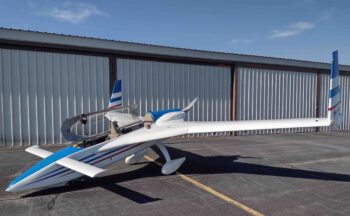
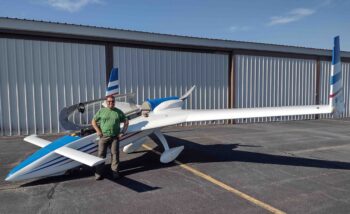
After climbing in and strapping the plane on (you essentially wear a Long-EZ!) I grabbed a selfie and another shot looking forward at Marco just buckling up.
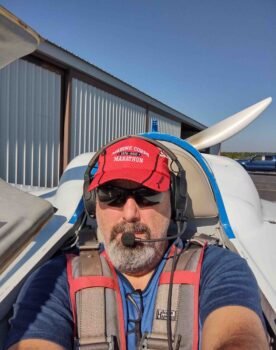
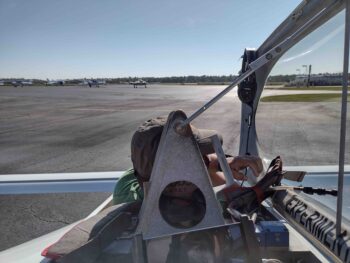
Our taxi out to the runway didn’t take long since we had NO RIGHT BRAKE… all we could do in front of the hangar was spin circles to the left.
No good.
So with Chris’s help we pulled JT back into the hangar and spent a good 45 min bleeding the right brake. Then Marco took ‘er out for a spin and tested the brakes. All seemed good so it was go time. We packed back up in the plane and headed for the runway.
However, this time the plane was pulling severely to the RIGHT and Marco had to get some higher RPMs to keep it on the centerline. Again, no good. We did a high speed taxi back down the runway and after arriving the parking ramp had to spin 3 brodies before finally being able to get on a track back to the hangar.
When we pulled up to the hangar, Chris was already there and out of his plane. He ran up to tell us our right wheel was smoking a lot. We got out of the bird quickly, and while Marco ran to grab a drill to remove the wheel pant screws, I judiciously poured water into the seams of the wheel pant to cool down what I could.
Apparently the right brake had seized up. With the wheel pant off we set up a huge shop fan to cool it down. Then we bled the brakes again.
But just as all seemed fine, and we were ready for launch attempt #3, we noticed a puddle of brake fluid under the right brake caliper. Ugh! Under further inspection we realized that the brake caliper o-ring seal had most likely gotten fried from the heat, so we replaced it with one that Marco luckily had on hand!
With the right brake essentially rebuilt, after a bit of discussion we decided to leave the wheel pants off in case we needed to work on either of the brakes (clearly and mainly the problematic right brake). We also packed up the extra brake fluid and tools to bleed the brake if need be.
With that, we finally launched out of Chesapeake mid-afternoon. We had some clouds to dodge and a fairly good headwind, making our trip to Rough River about an hour longer than usual.
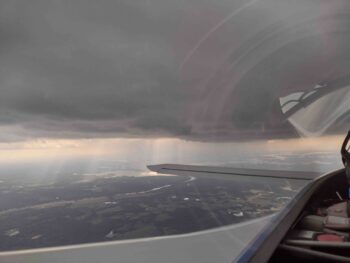
Still, it was great flight and we made it into Rough River a little bit before the sun went down. Here’s a shot shortly after landing at RR.
We met up with Terry Lamp, Mike & Marcy Toomey, Rodger and the gang and hung out with them for the night before heading back to our cabin and hitting the rack.
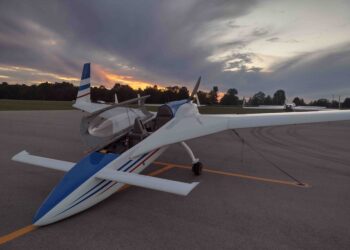
The next day, Friday, Mike Beasley arrived to RR, with his usual penchant for the dramatic (nice go-around buddy!). This was the first time I had seen his bird “Scooter” other than in pictures. What a great Long-EZ and awesome job he did on it. Of course I scoured it looking for any final build tips I could find before finishing my own build.
Here I noted the aft edge of the baggage pod pylon and the intersection of it with the aft pod cone.
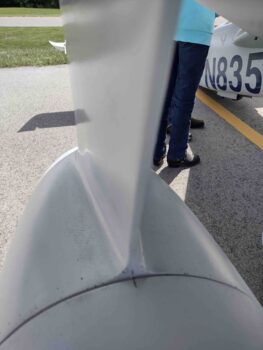
I also really like where he placed his mandatory Passenger Warning sticker. Very visible but out of the way… good use of space.
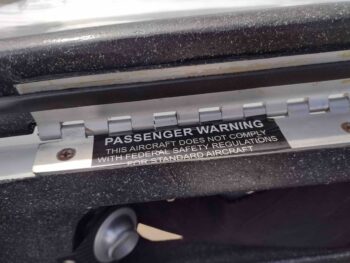
Mike’s oil door was preset in his upper cowling and a little forward of the actual dipstick, making him get creative to make up a flexible oil dipstick. Quite ingenious really.
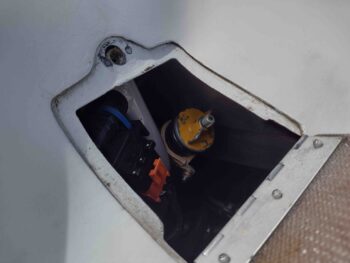
I also took note of the shape and position of his pilot fresh air vent intake at the left strake intersection with the fuselage. Mine is on the right side, and it’s always good to get ideas.
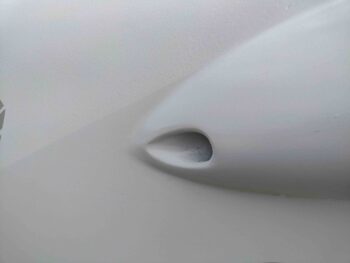
Talking with the Iowa canardian contingent, Ron White and Terry Sherman, I had a good discussion with them on how they set up a one-way valve attached to the exhaust pipe to pull a slight vacuum on the crankcase vent line. This not only provides better pressure control in the crankcase, but all the small amounts of oil, etc. simply gets burned up as it exits the exhaust. Very clean and less unsightly residue on your prop.
Here’s Ron White’s setup.
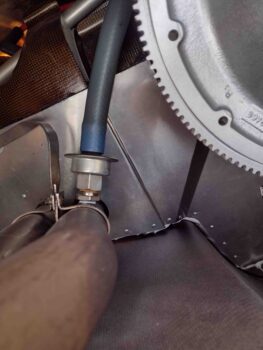
And a couple of shots of Terry Sherman’s setup as well. Very crafty and something I may very well copy.
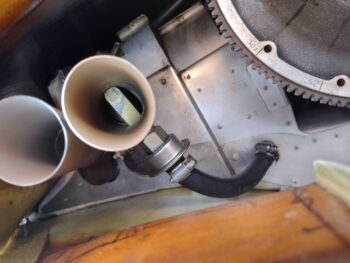
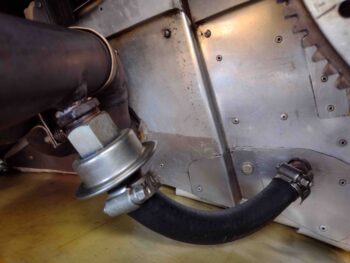
I met Howard Caulk from Baltimore for the first time (that I remember) this Rough River. He has a crazy number of the same components in his Long-EZ that I do, resulting in me spending a good bit of time at his bird picking his brain.
Below you can see both the main voltage regulator for the B&C alternator, and just aft of that (left side) is the capacitor and smaller voltage regulator for the backup SD-8 vacuum pad mounted alternator. I have these SD-8 components in the GIB headrest, where Howard clearly has his in the nose.
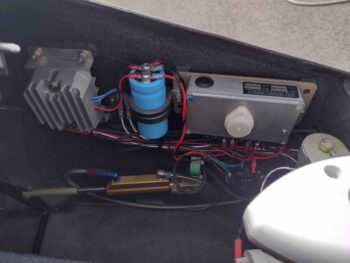
A key nagging question that I’ve had regarding my canopy latch handle is the attachment configuration for the handle lever to the aft and forward latch hook rods. I think I found my answer by looking at how Howard did his very similar canopy latch handle, as we have here in the pics below.
Finally, this is close to how my canopy latch handle will look from the outside as well.
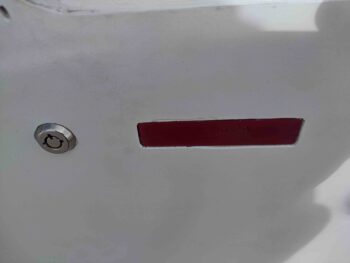
As we were walking back from dinner at the lodge we grabbed this shot. All in all we estimate there were about 50 planes total at this RR.
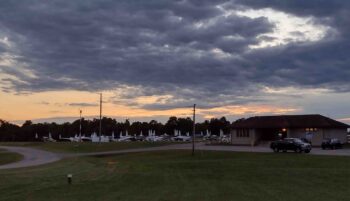
Our other cabin mate for this RR 22 besides Mike Beasley, was the venerable canardian, EJ Johnson. On Saturday Mike took EJ for a ride and I snapped a few shots as EJ climbed into the back of Mike’s Long-EZ.
Here’s a good shot of Mike Beasley’s Long-EZ (aka “Scooter”).
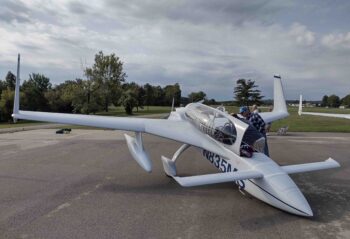
Nick Ugolini showed up in his new-to-him (a couple years now) Cozy IV. He added the same style wing mounted landing lights as he had on his Long-EZ, so I grabbed a couple shots of those since I intend on following suite.
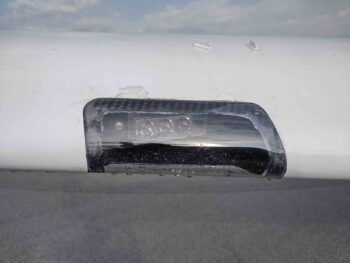
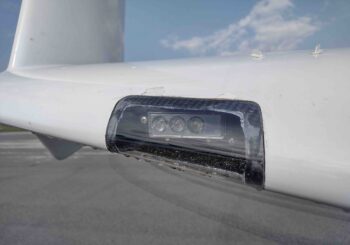
Although I see Chris Cleaver’s bird quite a big since he’s based at Chesapeake with Marco, as I was talking to the builder of Chris’s Long-EZ, Mike Toomey, about the GIB air vent, I took the opportunity to grab a shot of the construction. I of course am just getting ready to knock this out on my bird as well and wanted any to get as many tips and tricks as I could on it.
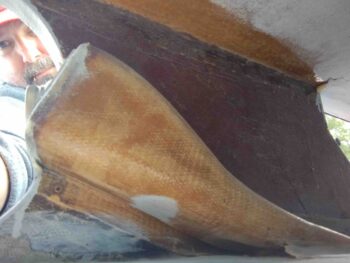
I’ll note that I may have gone with a much simpler design on my canopy latch handle setup if I had seen Jim Evan’s Long-EZ beforehand. This is a very simple setup that doesn’t require a bracket coming off the instrument panel.
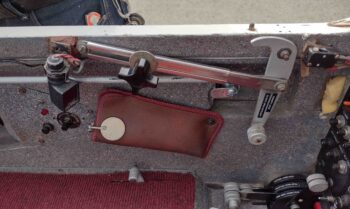
Jim also has a handle in the back seat which is nice to allow the GIB to open the canopy if need be.
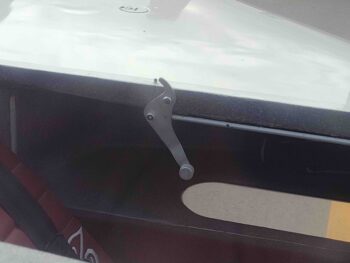
I may have grabbed a shot of this previously, but since again I’ll be adding a forward right hand side latch to my canopy, I wanted to note how Curtis Wray did it on the Long-EZ he built.
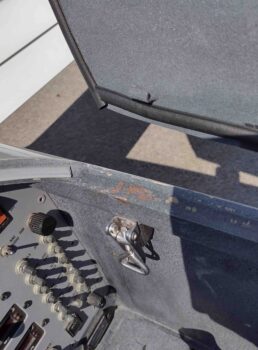
I love the gray and blue paint scheme on Curtis Wray’s built Long-EZ (now with a different owner)… I wanted to capture how he painted his upper cowling.
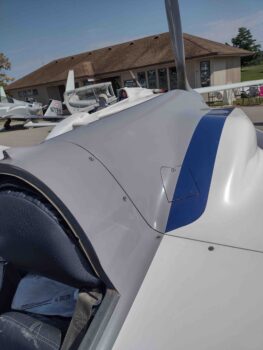
Speaking of paint schemes, I really like the simplicity and color scheme of this Cozy IV… something I could learn from. Ha!
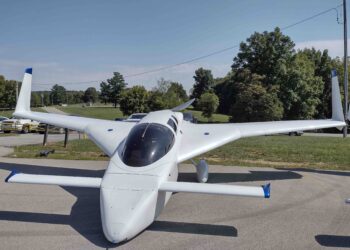
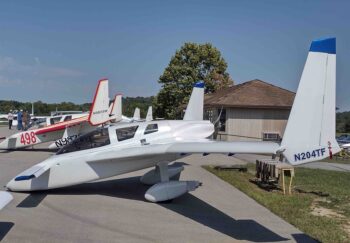
I didn’t meet the owner, but we had a Long-EZ fly in from Canada and I grabbed a shot of how he has his wheel pant venting set up.
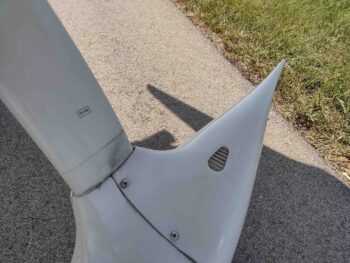
Also, I don’t remember if this was on a Long-EZ or Vari-Eze, but I’m currently very interested in oil dipstick access doors on the upper cowling since I’ll be dealing with that in the near future.
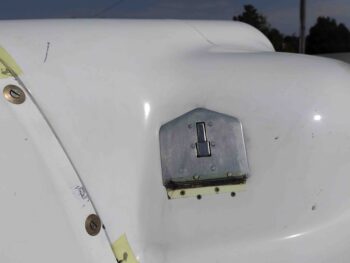
Fred Wimberly sold his Long-EZ and bought a Cozy III. I hadn’t seen these harnesses before so I grabbed a shot for possible future reference.
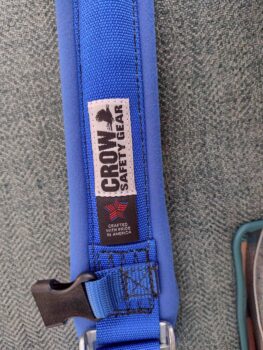
On Sunday we all had breakfast before packing up and heading out back home. Initially the weather looked great on our way from Rough River back to London, KY for some cheaper gas and a quick break.
However, the clouds had other ideas and we had to head north somewhat before finding a break that allowed us to get to the airport. With Chris in tow —with no IFR capabilities on his bird— we stay VFR, which can be a bit challenging at times.
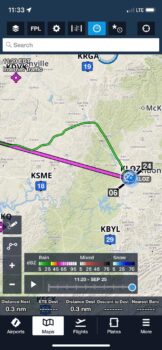
Here’s Marco’s bird tied down at London, KY airport (we heard some thunder in the distance, thus the tie downs just to be cautious).
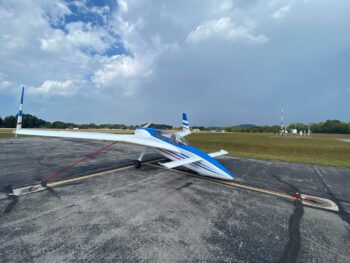
We had invited Mike Beasley to fly to London, KY with us before breaking off and heading south to Georgia, but he wanted to go as direct as he could. Oddly enough, as weather events dictated, he ended up filing IFR (his first real word time) and got himself over to London to rendezvous with us (he couldn’t stay away from us… can you blame him!).
We took the opportunity to position all the birds for a group photo… first with just the Long-EZ’s…
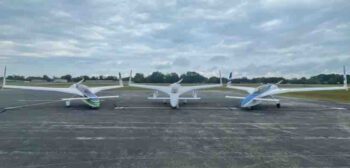
Then with the pilot/owners: Chris, Mike and Marco.
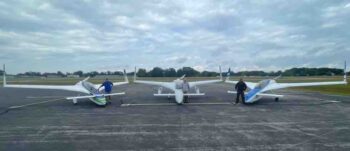
Here’s one more shot from an angle.
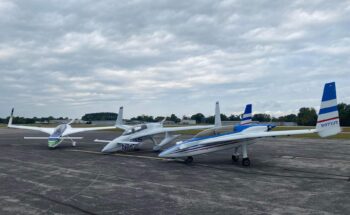
With some time to kill to let the weather clear up a bit (it was all moving East), we grabbed the airport courtesy car and made our way to a local BBQ joint for lunch.
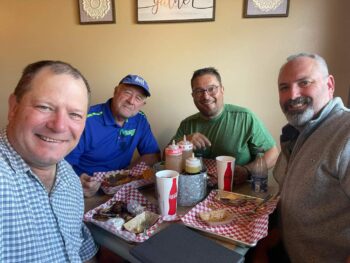
The weather looked pretty good once we arrived back to the London, KY airport from lunch. Although our new flight plan had us traveling much further south via Knoxville, TN to Asheville, NC, up through Greensboro, NC back to Chesapeake.
Here’s me and Marco in JT taxiing out to the end of the runway to launch.
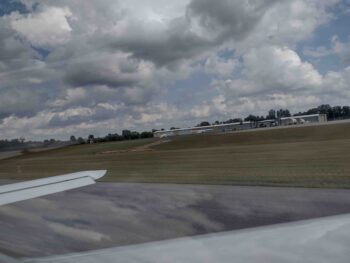
Mike’s weather heading to Georgia was quite a bit iffier, so he made the call to stay the night and head out in the morning. Here’s his bird all wrapped up for the night.
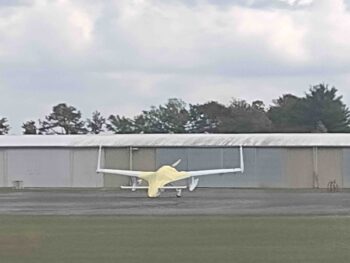
Once in the air, our path south looping around all the weather wasn’t as strictly required as we initially thought. The cloud coverage wasn’t nearly as heavy as we anticipated so we were able to fly a good bit north of our tracks… saving a decent bit of time and distance.
Here’s a screenshot Mike Beasley sent me of our track on FlightAware after we just passed north of Asheville (lower left). We had a tremendous tailwind heading east that kept us pretty fast all the way back to Chesapeake. Note our altitude at about 11,500′ which we needed to stay above the clouds and mountains.
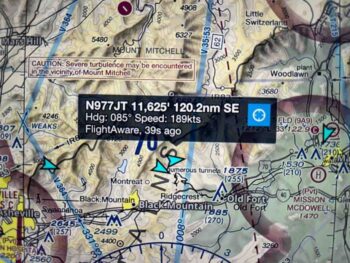
As we were nearing Greensboro, NC we saw a very distinct rainbow off our right side. Marco grabbed this shot, although the camera didn’t pick it up nearly as well as we could see it.
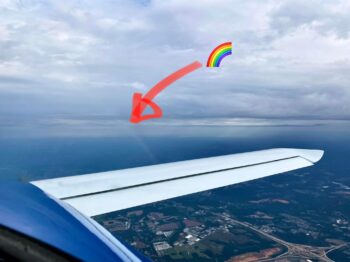
We skirted above Greensboro’s Piedmont Triad International Airport (KGSO) just to the south, which is visible just under the left canard tip.
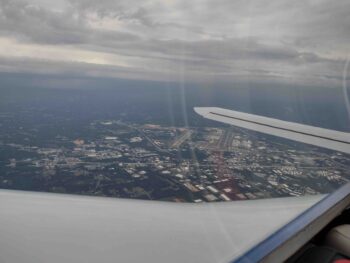
Not too much later we were coming into Chesapeake Airport… another successful Rough River in the books! A great time looking at airplanes and visiting all our canardian friends.
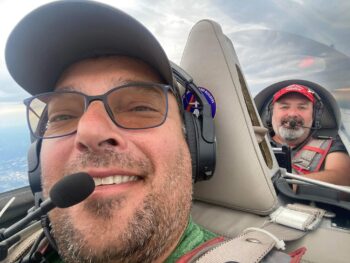
I really do plan on having my bird in the air by next Rough River, so this may be one of the last times flying back seat in my best bud’s awesome Long-EZ… thanks for the adventures and memories Brother!

